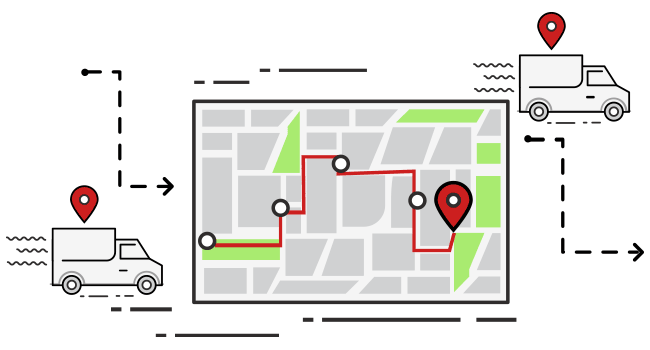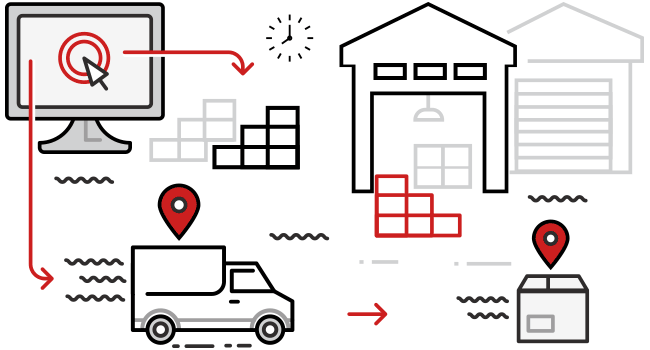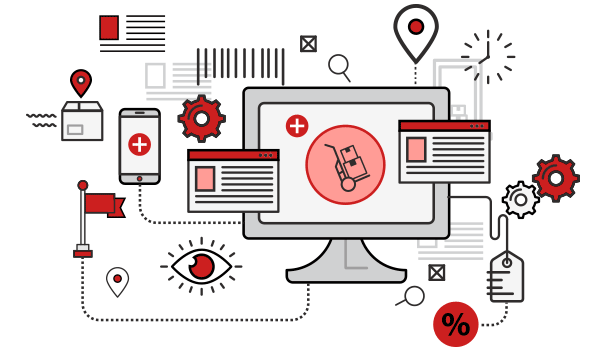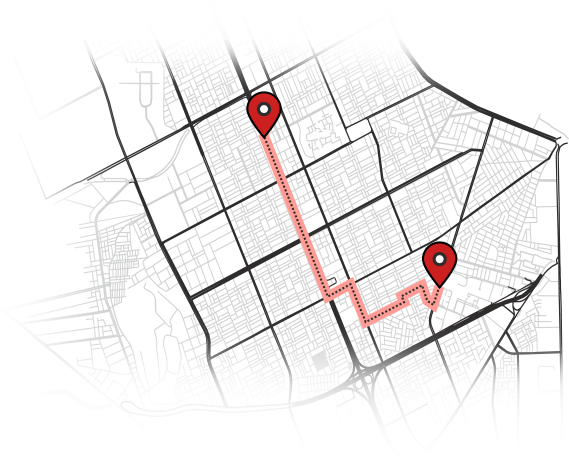5 Ways Big Data Has Transformed the Logistics and Field Service Management Ecosystem
“Big Data” the word which has been buzzing around lately has actively changed the perception of many leading logistics and field force management companies towards data analytics. Understanding and interpreting enormous volumes of data was considered a tedious task. However, with rapidly evolving information architectures, the process of analyzing big data for effective management has drastically simplified.
“The goal is to turn data into information, and information into insight.” — Carly Fiorina, former President, Hewlett-Packard Co.
With a highly complex and embryonic operational environment, logistics and field force management companies are unsurprisingly compelled towards the power of organised data. The core idea is to precisely exploit the location data generated by — millions of shipments tracked across the globe in a day, this procured data majorly comprises of, hub to hub loading and unloading, Geo-coding and Geo-fencing of the fleet movement, destination-origin details, Inter-city/intra-city routes, mapped delays, customer information, customer location, vehicle and driver details, ETA’s and so much more. However, the unorganized and orthodox nature of this sector has made it difficult to fully exploit this information overload.
Considering the challenges, a white paper was published by the Journal of Business Logistics in 2013, which triggered an exhaustive and crucial research on the potential of Big Data analysis to substantially improve logistics and field service management. Below we have analysed 5 ways Big Data has transformed the Logistics and field service Management Ecosystem –

Delivery Route Optimization
Logistics and field force management companies have of late, identified and accepted the fact that optimizing routes from first mile to last mile deliveries saves about 30% of the cost. With adoption of automated route optimization solution, logistic companies are breaking the traditional norms of achieving excellence by further optimizing their delivery routes, real time fleet tracking, delay analysis, Geo-fencing/Geo-coding and hub to hub route mapping.

Package Movement Monitoring
With Big Data analytics the Logistics and field service management companies now have solutions to accurately track and monitor the package movement. This has improved the operational proficiency of the companies encouraging optimal Estimated time of arrival calculation, predictive route optimization, Real time tracking and notifications, delay mapping etc. The implication of this technology is endless with benefits which are immeasurable.

E-commerce and Crowd Sourced Logistics
Dramatic rise of the E-commerce sector has drastically increased the level of complication in the Logistics and field service management ecosystem. Big Data analytics has helped E-commerce companies’ setup self-pick-up and drop counters for customers in central locations of major cities, further simplifying the logistics process. With an array of available solutions, E-commerce players have become more proficient their first mile, line haul, hub to hub movement and Geo-fencing/Geo-coding their last mile deliveries.

On Ground Resource Management
Enormous amounts of workforce is often deployed in smallest logistics, fleet and field service management companies. Managing such huge on-ground force becomes a tedious task. Big data analytics enables the management, to analyse and track the resources deployed in real time. This technology integration has drastically improved resource allocation, enhanced efficiency, improved productivity and decreased costs.

Real Time Notifications for Customers
State of the art technologies have powered the consumer centric companies to take a giant step towards enhanced customer satisfaction. The real time tracking, is a GPS enabled dashboard which can provide warehouse to doorstep package movement information to the companies and the companies can further share it with their customers. With the adoption of such innovative technologies, customers have increased interest in knowing everything. This level of transparency is often intimidating for the customers, increasing the brand loyalty quotient and brand equity for businesses.









Your way of explaining the whole thing in this piece of writing is genuinely pleasant, all be able to effortlessly understand it, Thanks a lot.
Wow, marvelous weblog layout! How lengthy have you been blogging for? you made blogging glance easy. The overall look of your website is fantastic, as well as the content!
It’s very straightforward to find out any topic on web as compared to textbooks, as
I found this post at this web page.
Whats up this is kinda of off topic but I was wondering if blogs use WYSIWYG editors or if
you have to manually code with HTML. I’m starting a blog soon but have
no coding know-how so I wanted to get advice from someone with experience.
Any help would be greatly appreciated!
Pretty nice post. I just stumbled upon your weblog and wanted to mention that I have truly loved browsing your blog posts. After all I’ll be subscribing for your feed and I’m hoping you write again soon!
A lovely article on the field service management ecosystem. Glad, I came to know about this blog LogiNext.